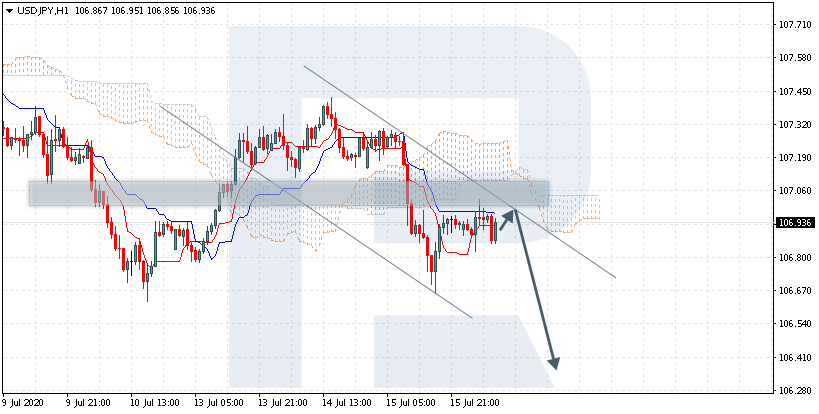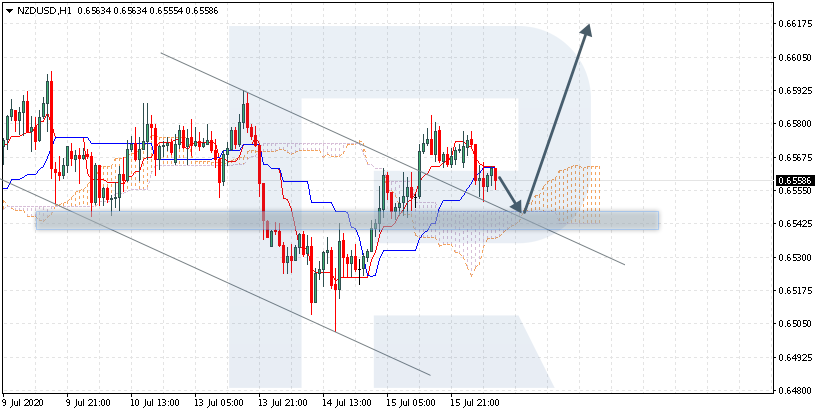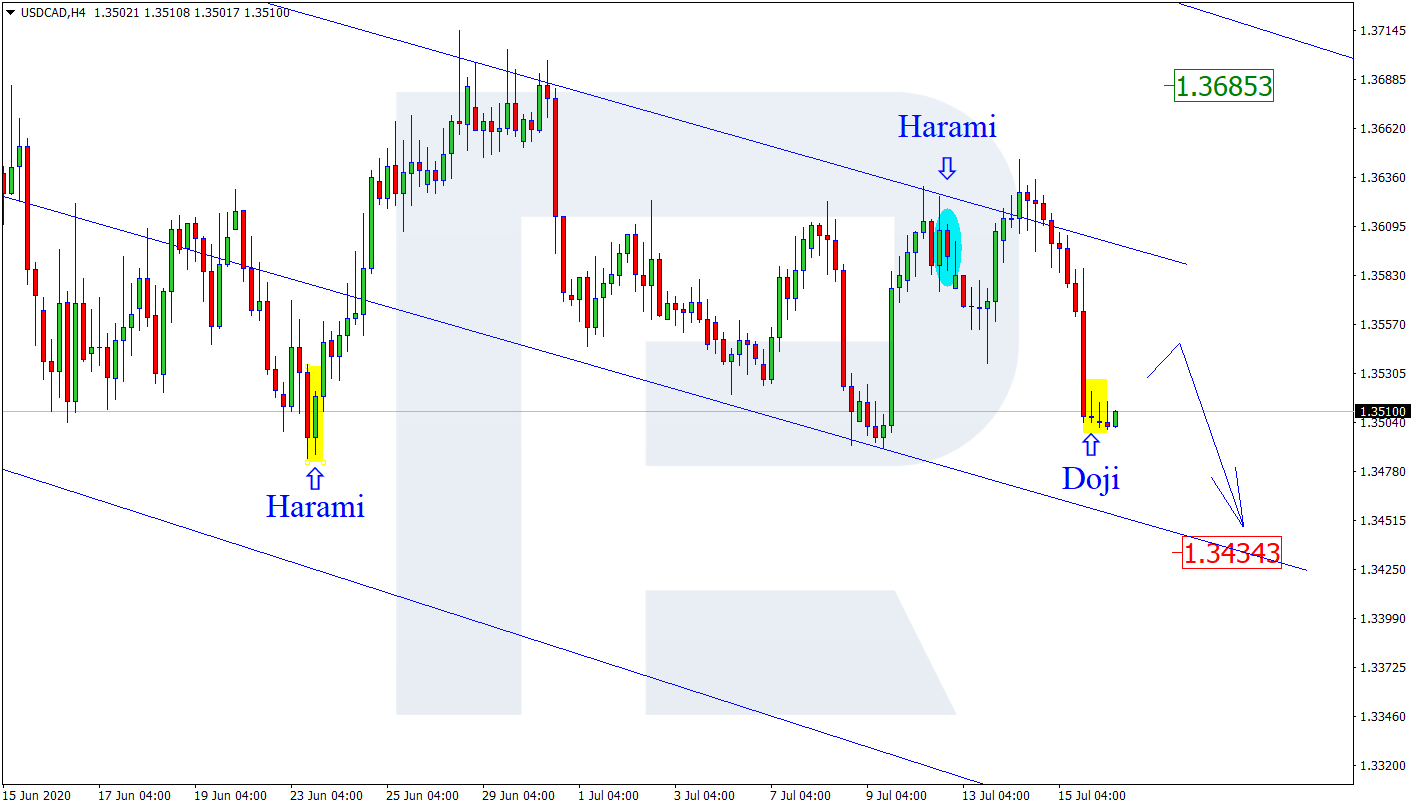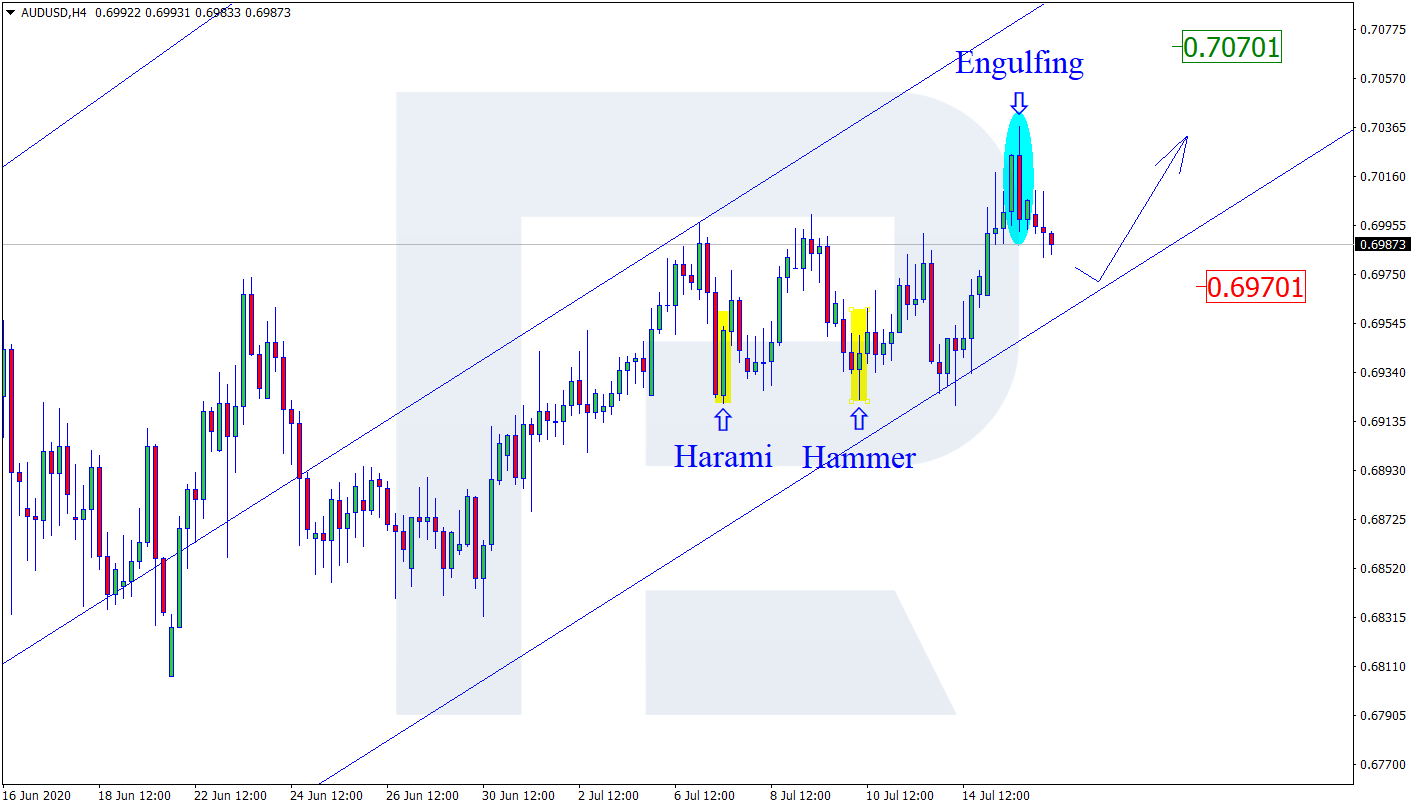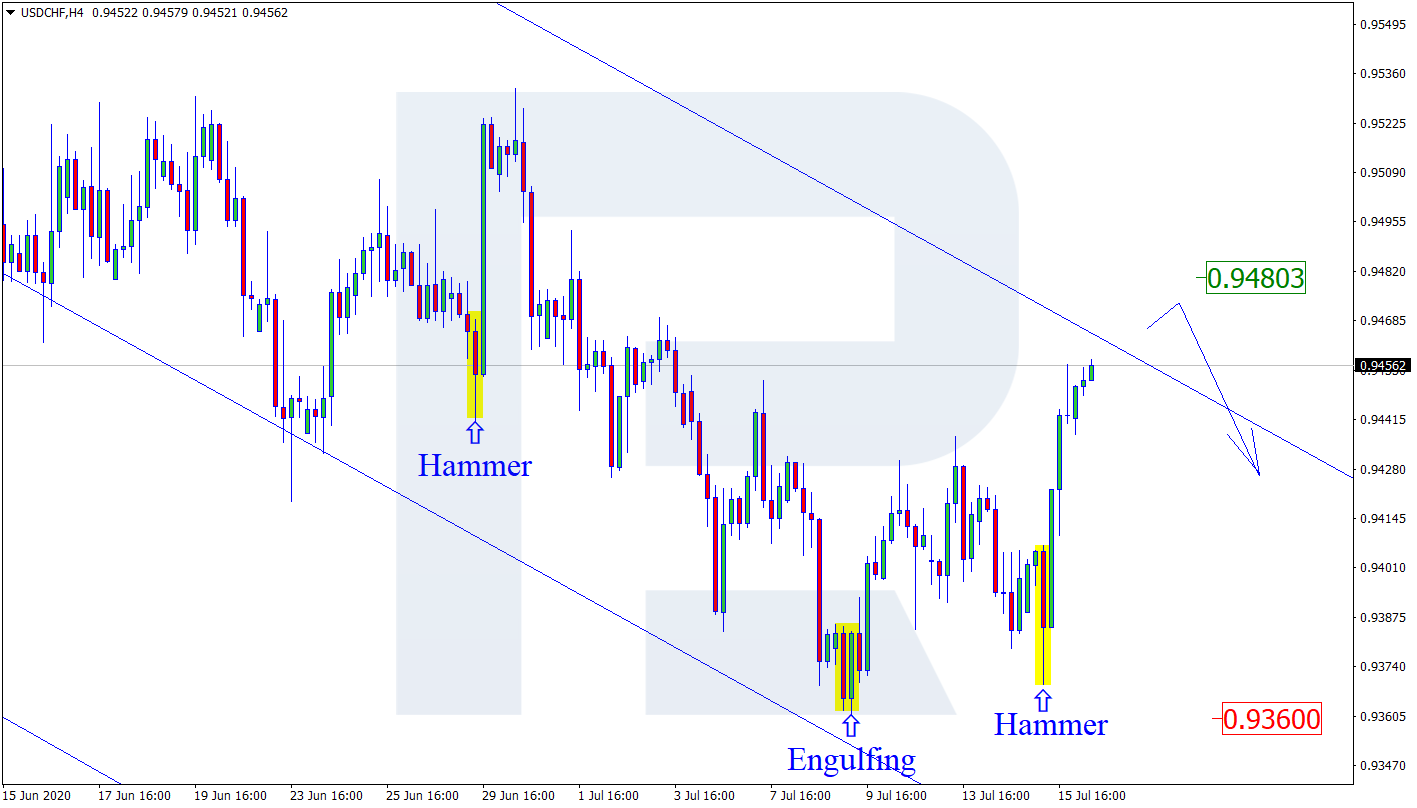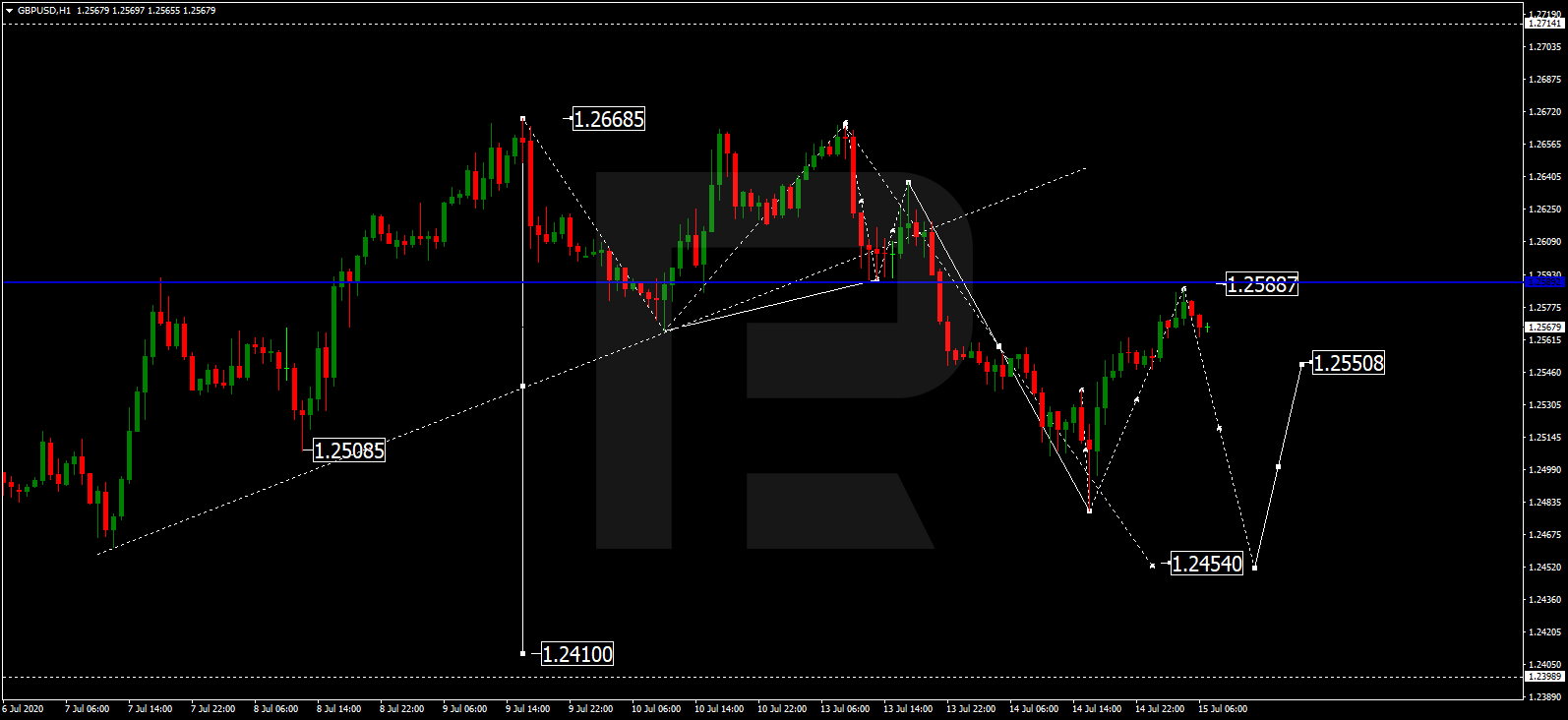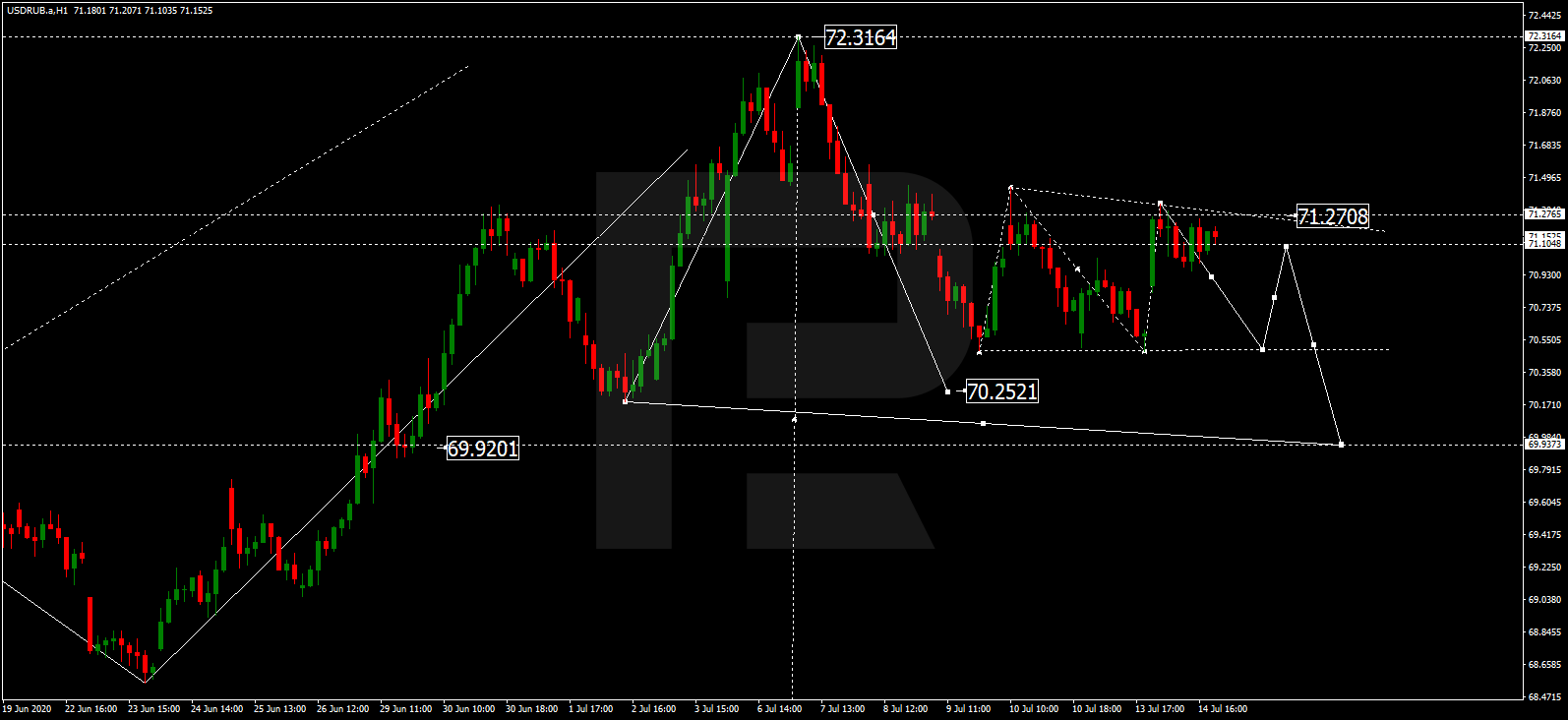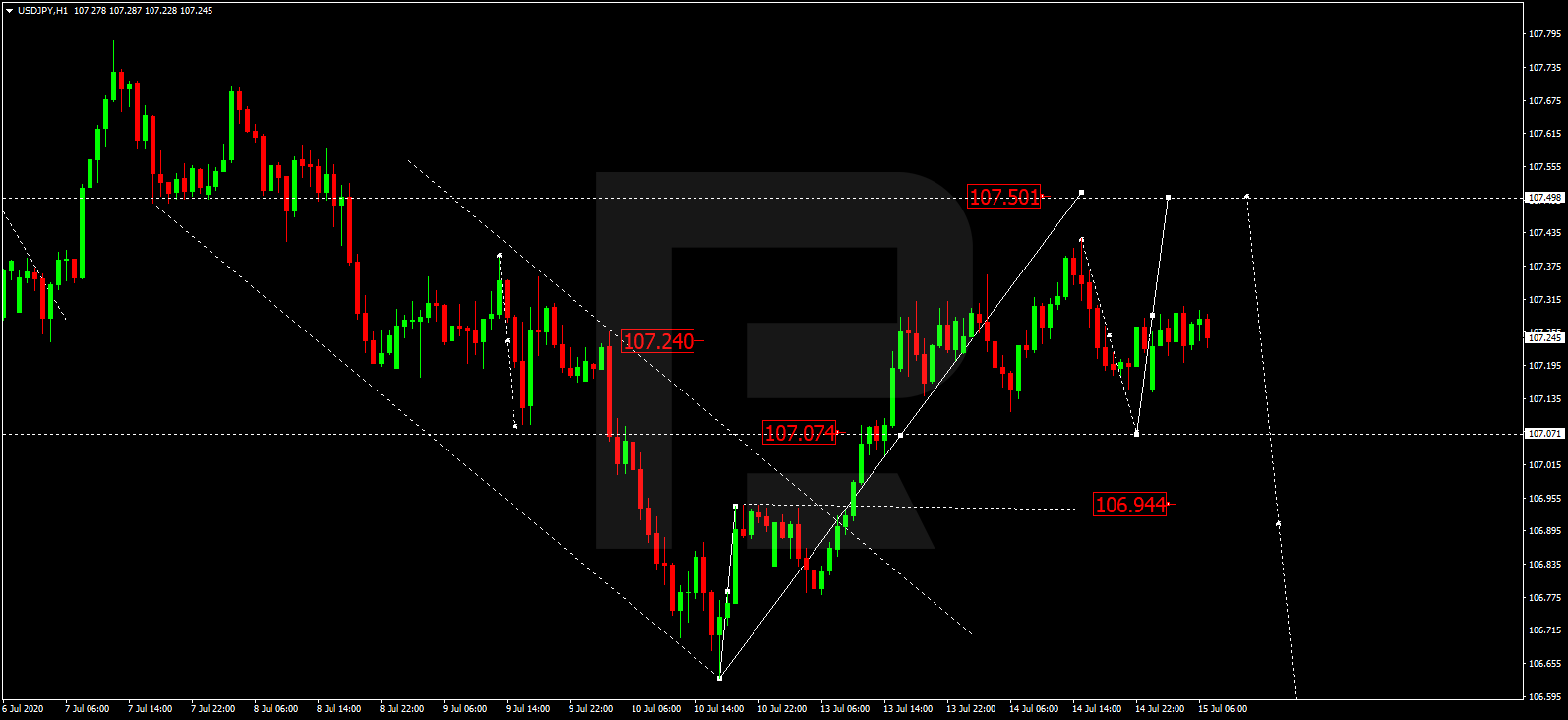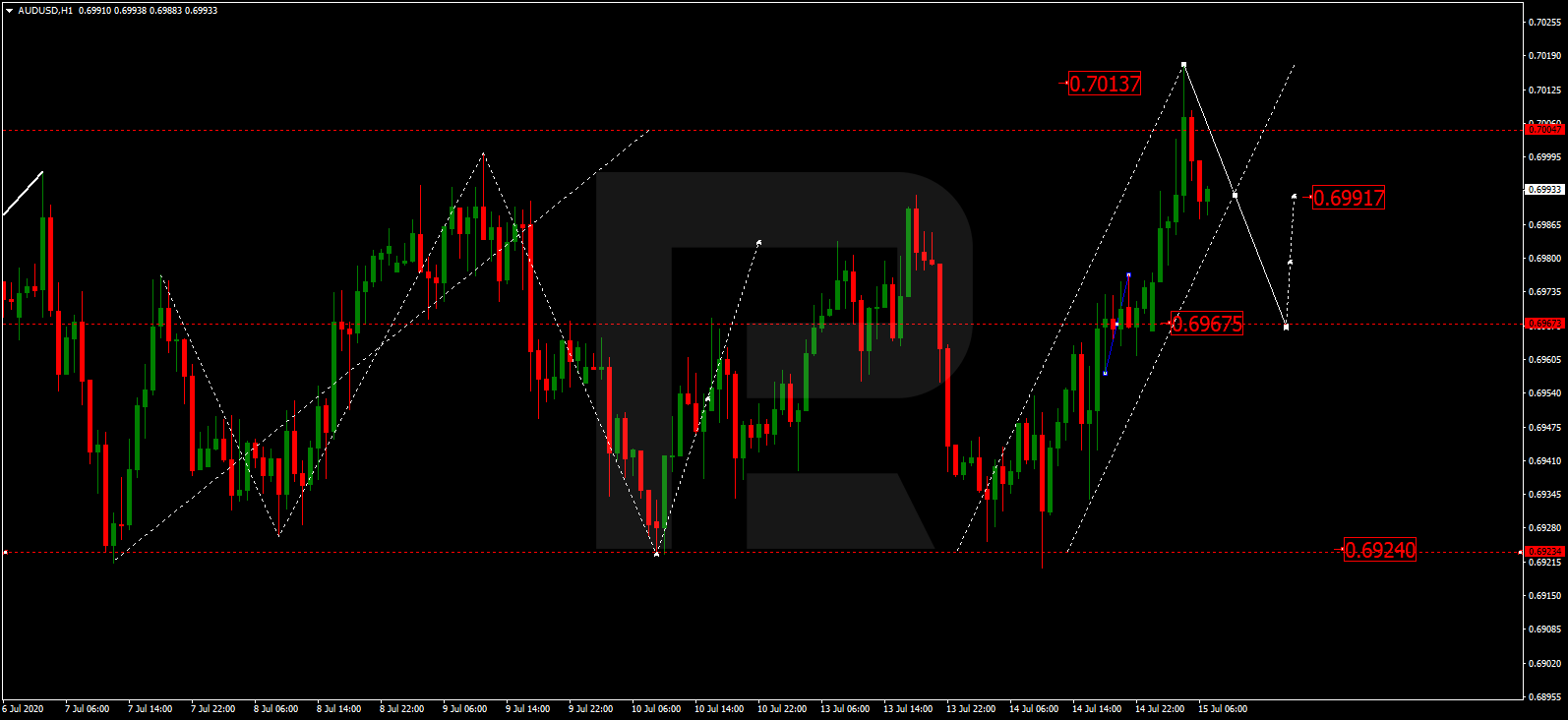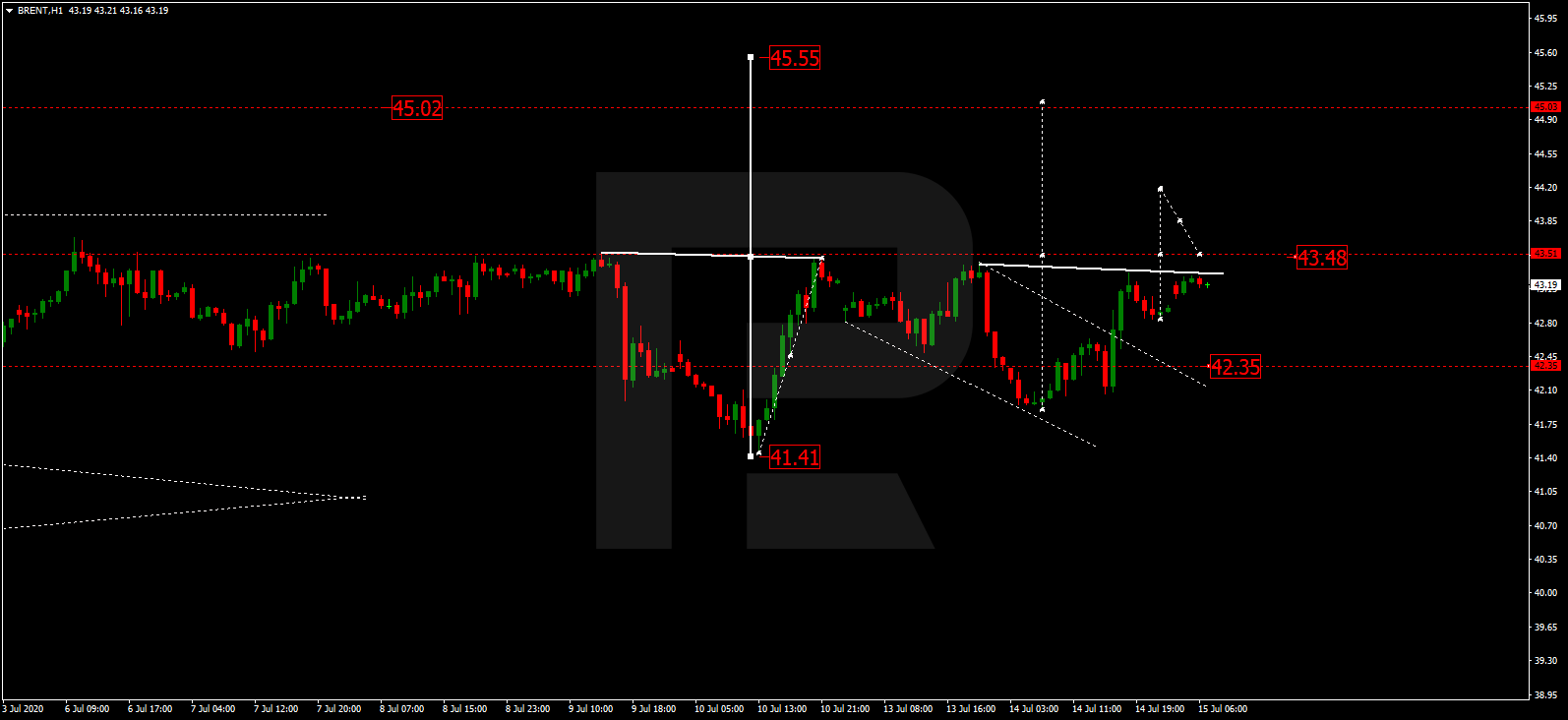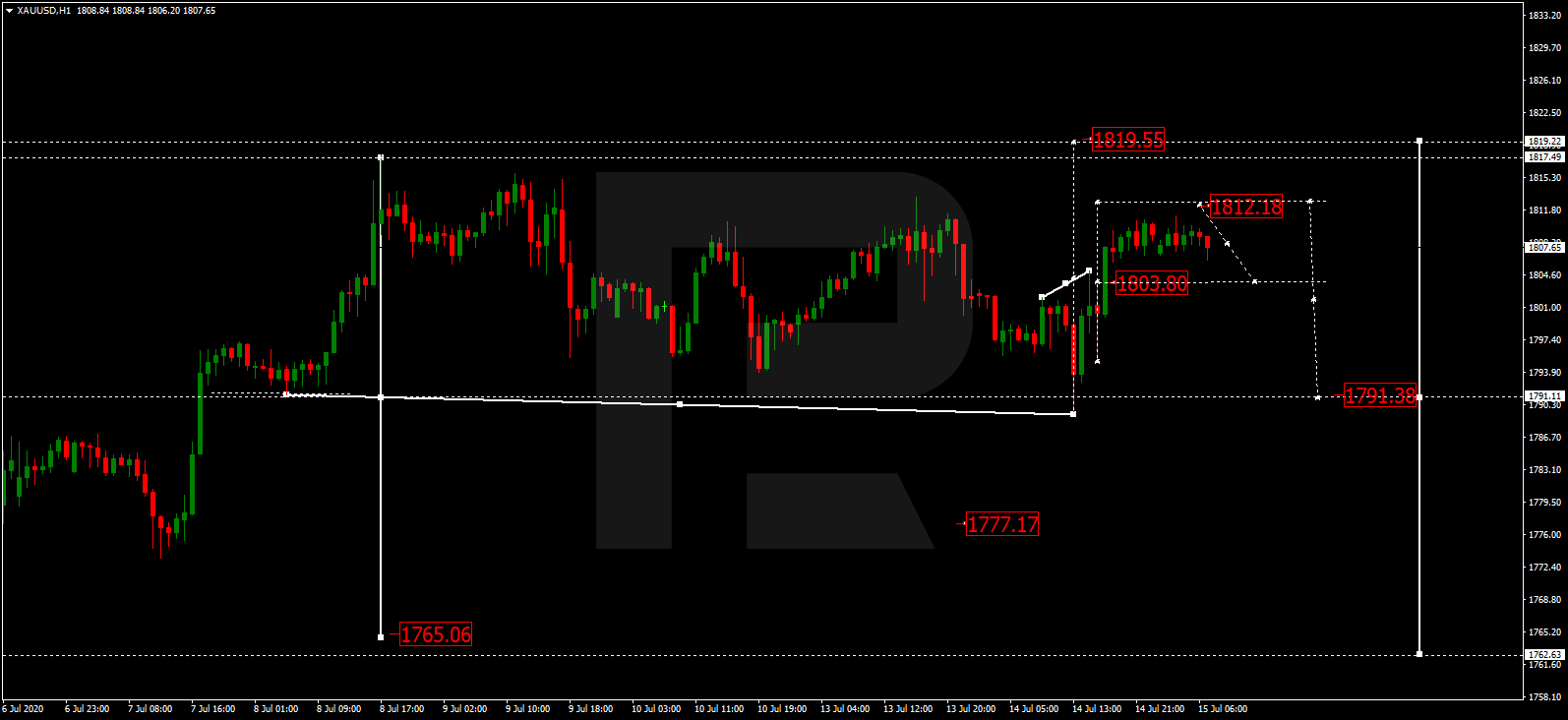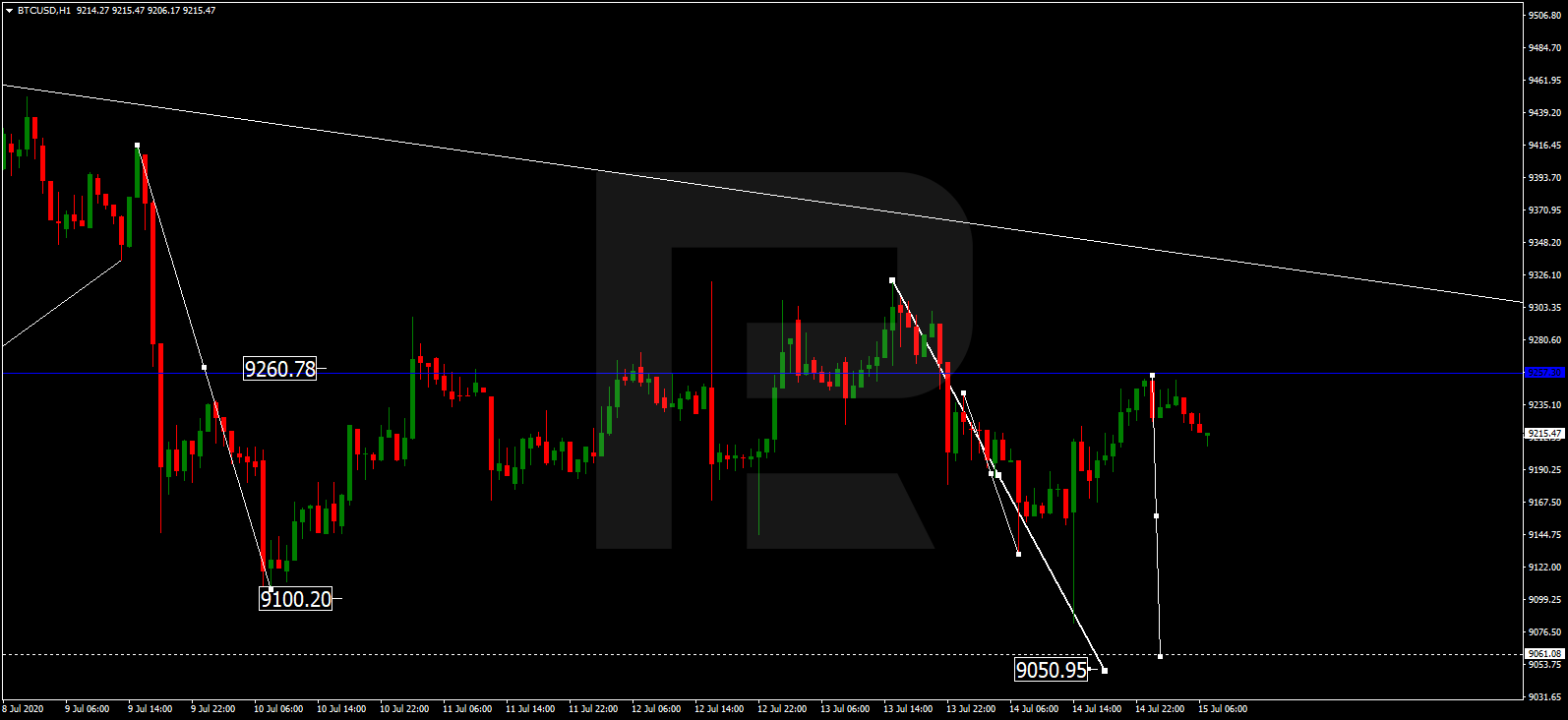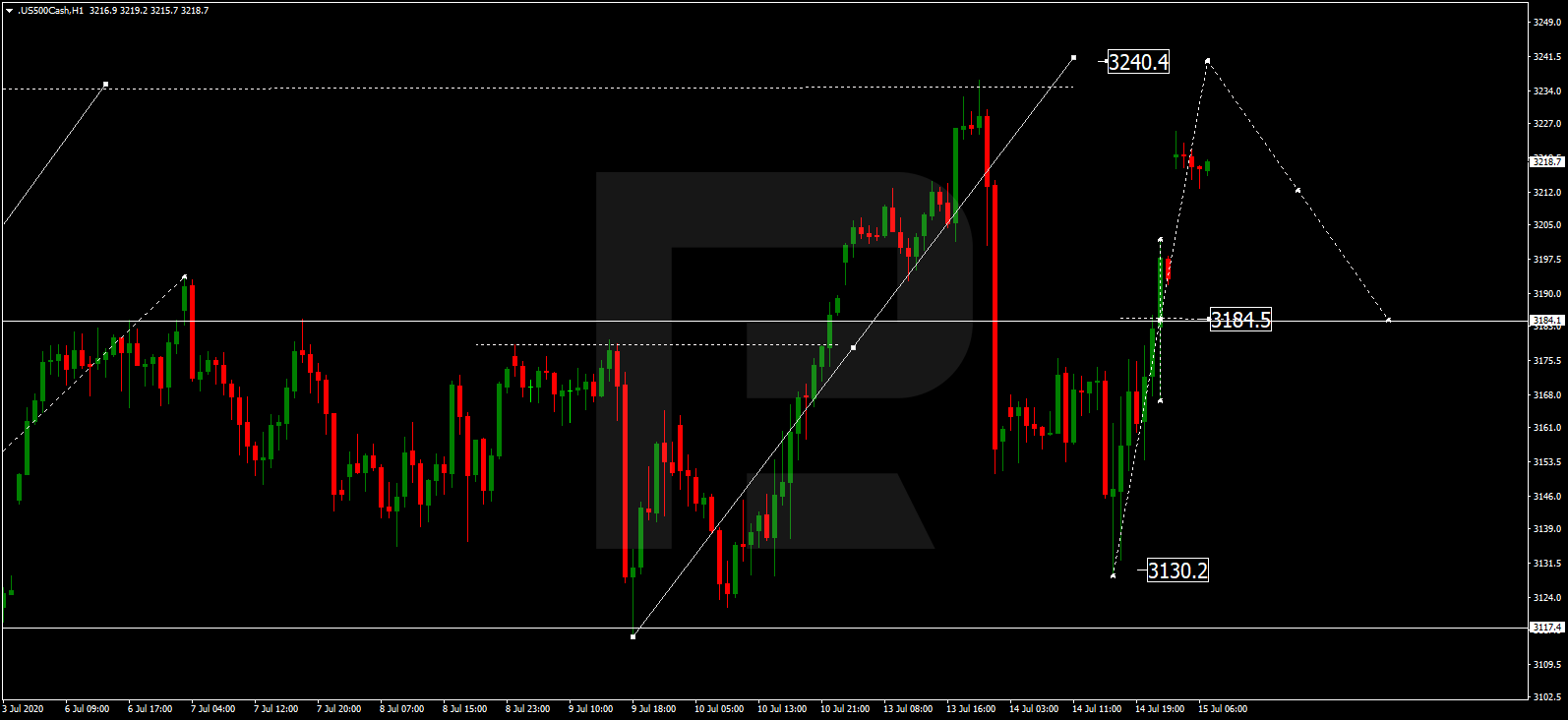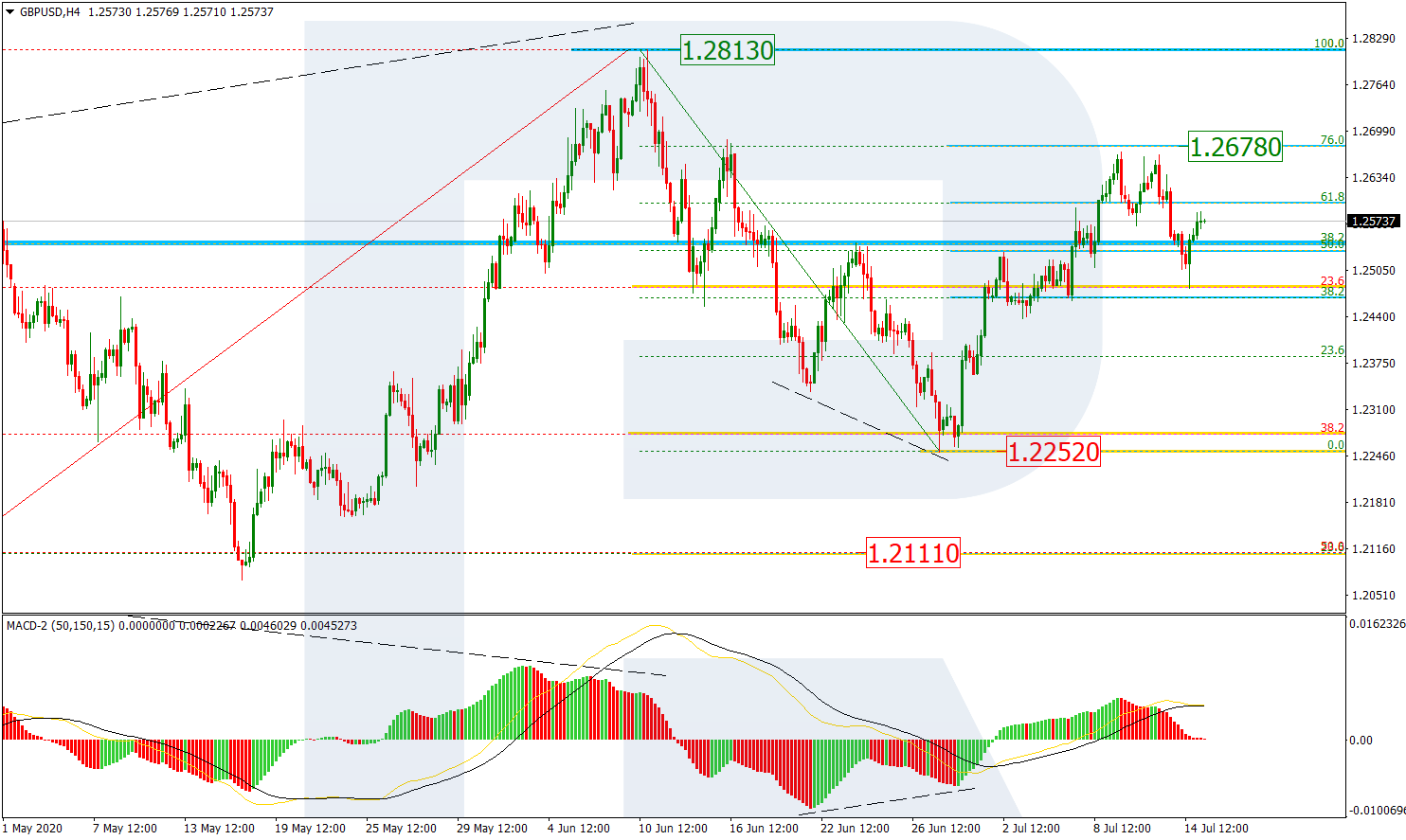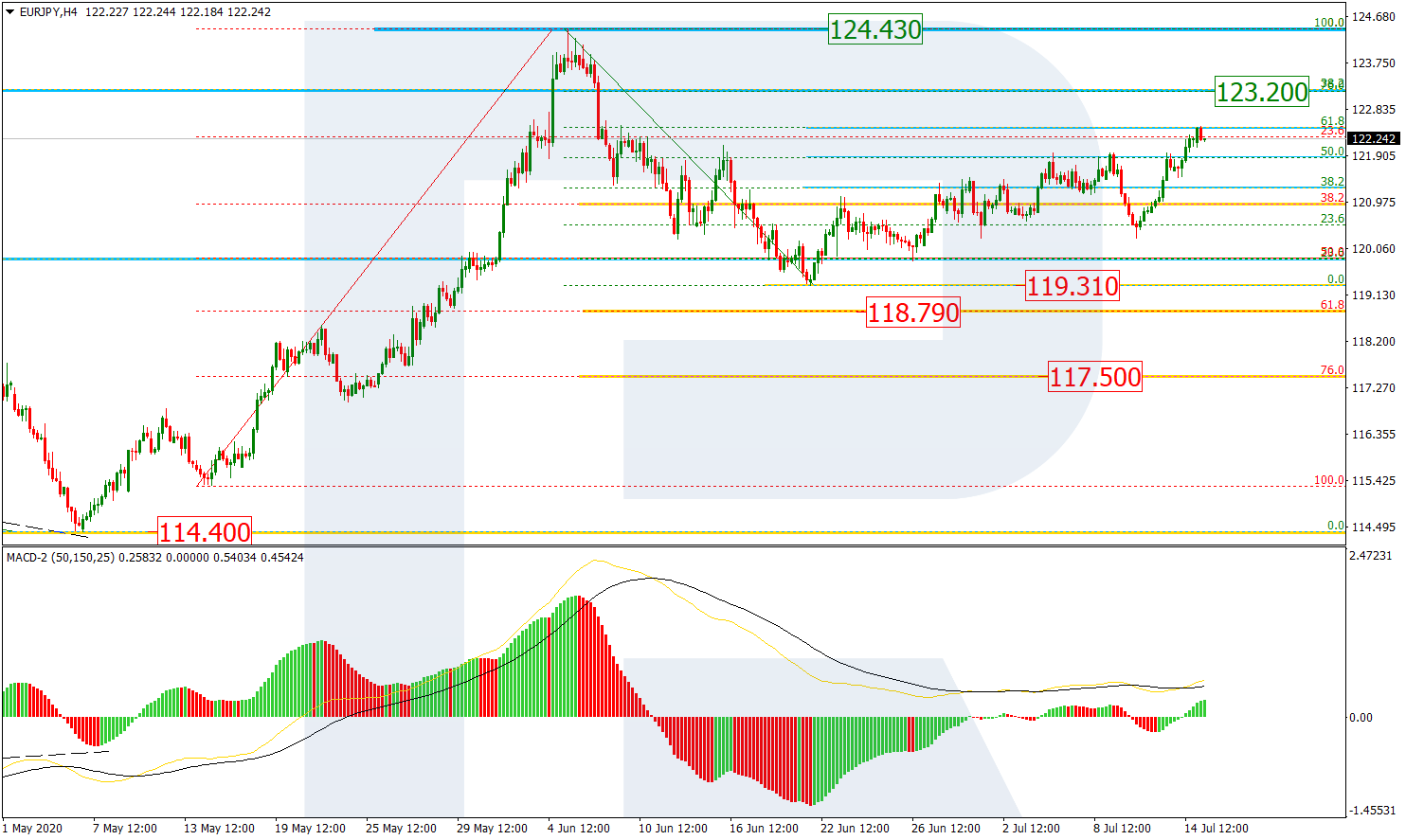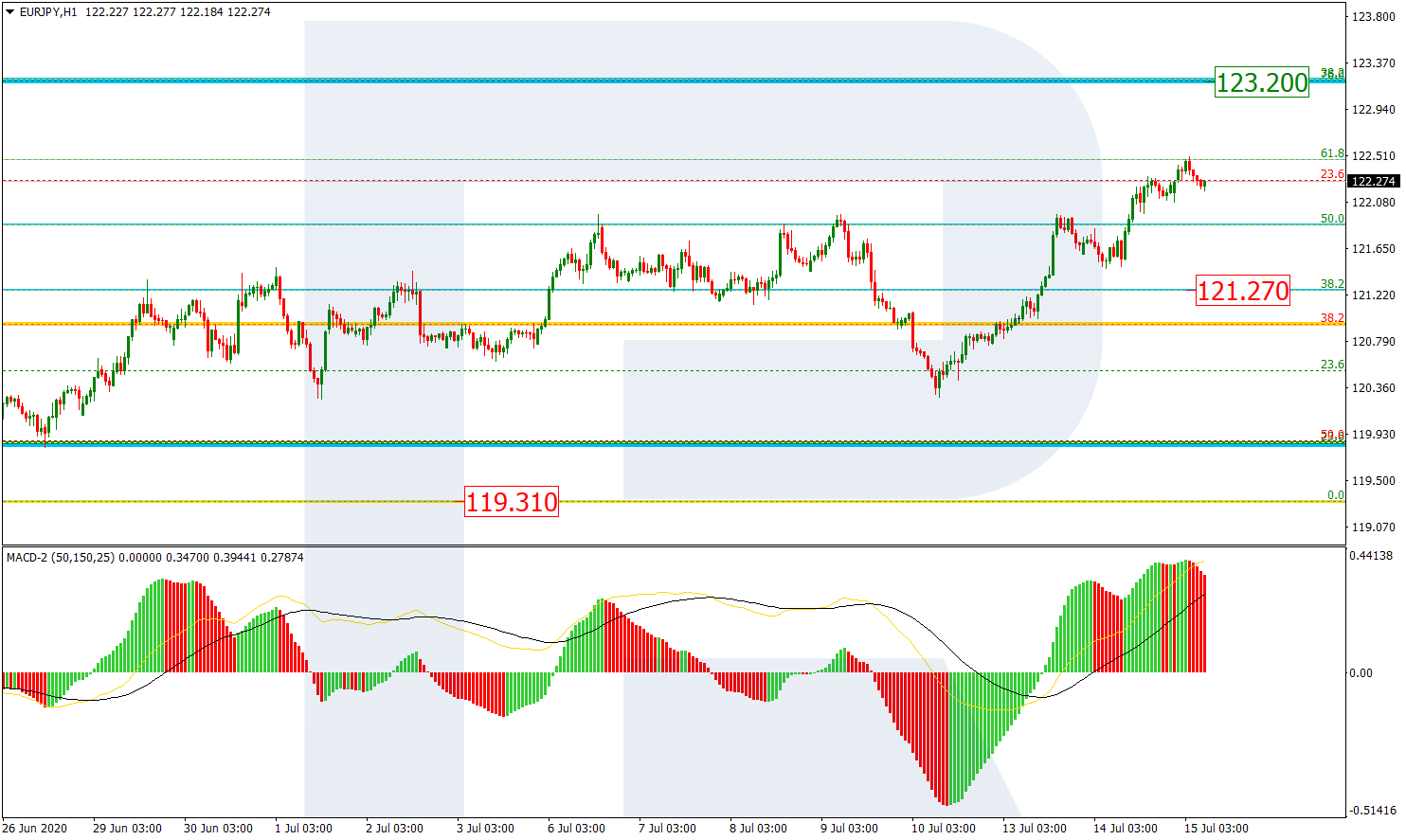
Source: Economic Events 17 July 2020 – Admiral Markets’ Forex Calendar
The Euro pushed to its highest levels against the US dollar since March, falling short of only around 50 pips short to attack its current yearly highs of 1.1495/1500. The driver for this bullish performance certainly came from the anticipation of further fiscal integration.
While Dutch Prime Minister Rutte said last Tuesday that he was pessimistic about the chances of reaching a deal at the special summit of EU leaders starting today, it nevertheless appears that EU leaders are committed to moving towards finding an agreement on a roughly 1.85 trillion Euro European Corona pandemic recovery fund.
This can also be seen in the comments from the ECB, and rhetoric from ECB president Lagarde last Thursday, were she re-formulated the monetary policy status quo after the ECB exceeded expectations at its last policy meeting by increasing the size of its pandemic emergency purchase program (PEPP) to 1.35 trillion Euro, and extending its run at least through June 2021.
That said, we expect further bullishness in the Euro, especially against the US dollar, in the coming days, with a break above 1.1450/1500 arriving sooner rather than later, levelling the path up to 1.1700/1800.
Still, this bullish outlook should be taken with a grain of salt since technically the bearish divergence in the RSI(14) on a Daily time-frame to, at least short-term, diminishing bullish momentum.
Nevertheless, as long as EUR/USD trades above 1.1150/1200, our bullish stance on the Euro against the US dollar stands:

Source: Admiral Markets MT5 with MT5-SE Add-on EUR/USD Daily chart (between May 17, 2019, to July 16, 2020). Accessed: July 16, 2020, at 10:00pm GMT – Please note: Past performance is not a reliable indicator of future results, or future performance.
In 2015, the value of the EUR/USD fell by 10.2%, in 2016, it fell by 3.2%, in 2017, it increased by 13.92%, 2018, it fell by 4.4%, 2019, it fell by 2.2%, meaning that after five years, it was down by 7.3%
Discover the world’s #1 multi-asset platform
Admiral Markets offers professional traders the ability to trade with a custom, upgraded version of MetaTrader 5, allowing you to experience trading at a significantly higher, more rewarding level. Experience benefits such as the addition of the Market Heat Map, so you can compare various currency pairs to see which ones might be lucrative investments, access real-time trading data, and so much more. Click the banner below to start your FREE download of MT5 Supreme Edition!
Disclaimer: The given data provides additional information regarding all analysis, estimates, prognosis, forecasts or other similar assessments or information (hereinafter “Analysis”) published on the website of Admiral Markets. Before making any investment decisions please pay close attention to the following:
- This is a marketing communication. The analysis is published for informative purposes only and are in no way to be construed as investment advice or recommendation. It has not been prepared in accordance with legal requirements designed to promote the independence of investment research, and that it is not subject to any prohibition on dealing ahead of the dissemination of investment research.
- Any investment decision is made by each client alone whereas Admiral Markets shall not be responsible for any loss or damage arising from any such decision, whether or not based on the Analysis.
- Each of the Analysis is prepared by an independent analyst (Jens Klatt, Professional Trader and Analyst, hereinafter “Author”) based on the Author’s personal estimations.
- To ensure that the interests of the clients would be protected and objectivity of the Analysis would not be damaged Admiral Markets has established relevant internal procedures for prevention and management of conflicts of interest.
- Whilst every reasonable effort is taken to ensure that all sources of the Analysis are reliable and that all information is presented, as much as possible, in an understandable, timely, precise and complete manner, Admiral Markets does not guarantee the accuracy or completeness of any information contained within the Analysis. The presented figures refer that refer to any past performance is not a reliable indicator of future results.
- The contents of the Analysis should not be construed as an express or implied promise, guarantee or implication by Admiral Markets that the client shall profit from the strategies therein or that losses in connection therewith may or shall be limited.
- Any kind of previous or modeled performance of financial instruments indicated within the Publication should not be construed as an express or implied promise, guarantee or implication by Admiral Markets for any future performance. The value of the financial instrument may both increase and decrease and the preservation of the asset value is not guaranteed.
- The projections included in the Analysis may be subject to additional fees, taxes or other charges, depending on the subject of the Publication. The price list applicable to the services provided by Admiral Markets is publicly available from the website of Admiral Markets.
Leveraged products (including contracts for difference) are speculative in nature and may result in losses or profit. Before you start trading, you should make sure that you understand all the risks.

